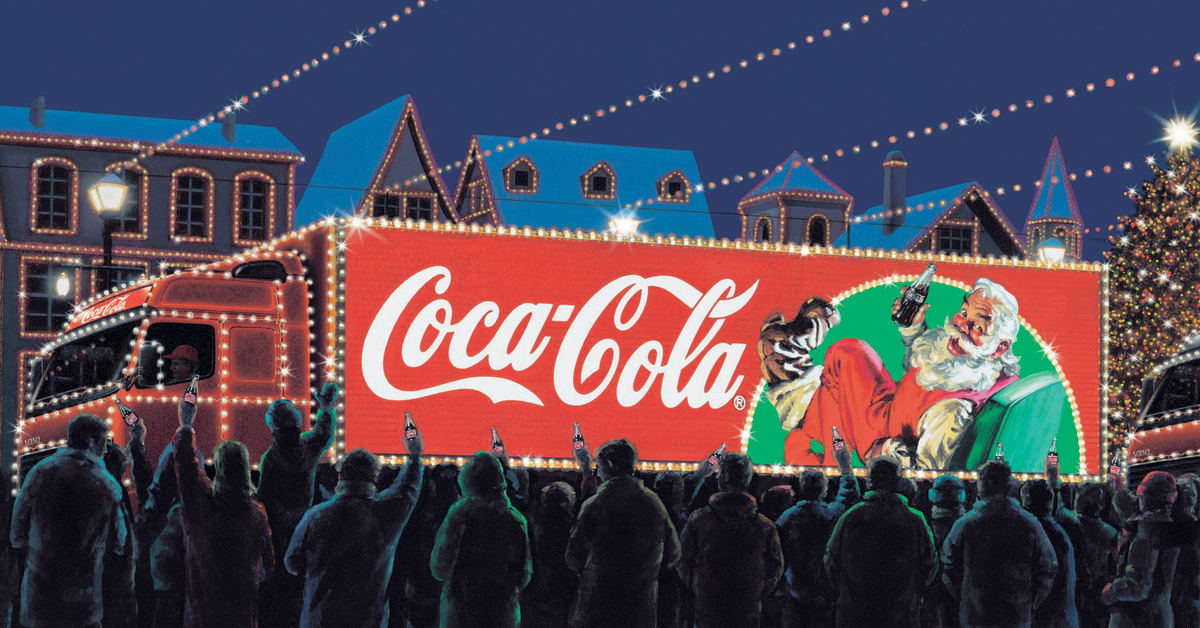The high price of a Super Bowl ad leads many brands to explore how they can maximize their association with the Super Bowl well beyond their 30-second spot. This has led a number of brands to exert effort in generating pre-game buzz.
For example, GoDaddy.com has evoked the perennial strategy of generating buzz around the fact that their Super Bowl executions are almost too risqué to be aired (or, “are too risqué for prime-time network TV). Other brands, such as Doritos, have engaged consumers to create their ads through contests, which calls attention to their presence in the Super Bowl in the weeks before the big game, and also provide an opportunity for pre-game consumer interaction.
With such efforts in place, a natural question that arises is whether there is ever a concern about generating too much buzz. On the surface, it might seem like anything that garners attention for a brand is a big step toward capitalizing on the lofty price tag of entering into the Super Bowl. However, pre-game buzz carries with it at least two risks that brands and agencies need to be sure to navigate. First, there is a chance for wear-out or reduced novelty of the execution by the time the spot actually airs on game night. If the concepts employed by the brand are not crisp and exciting, they might lead to a “ho-hum” response once they are aired.
Second, pre-game buzz builds consumer expectations further, which means a brand had better deliver in the execution. An execution that might have been well-received could falter if consumers’ expectations are set too high. The key, of course, is to be aware of these issues so that pre-game buzz can be used effectively and risks are known.
This year there’s a solid list of companies signed on, including Hyundai Motor America, Dr. Pepper, GoDaddy.com, Denny’s, E*Trade, Motorola and Anheuser-Busch, to name a few.
Which brands have successfully used pre-game buzz to attract your attention? Have you seen their buzz?
On game day, the students and professors at Northwestern University’s top-ranked business school, will conduct the sixth annual Kellogg Super Bowl Advertising Review and share the findings here. Unlike other reviews that judge ads by popularity or entertainment value, the Kellogg Review rates the best and worst ads of the year using a set of academic criteria known as ADPLAN, which evaluates the ads on key favors that help drive sales and impact the company’s bottom line. ADPLAN is an acronym for Attention, Distinction, Positioning, Linkage, Amplification and Net equity.
Contributed to Branding Strategy Insider by: Professor Derek D. Rucker, who leads the Review and is an associate professor of marketing at the Kellogg School of Management. Professor Rucker’s primary research focuses on the study of attitudes, persuasion, and social influence. In addition to his ongoing research, he teaches the advertising strategy course at Kellogg.
The Blake Project Can Help: The Brand Positioning Workshop
Branding Strategy Insider is a service of The Blake Project: A strategic brand consultancy specializing in Brand Research, Brand Strategy, Brand Licensing and Brand Education




